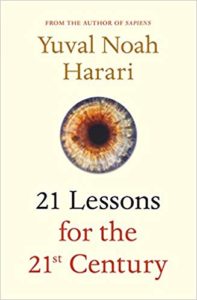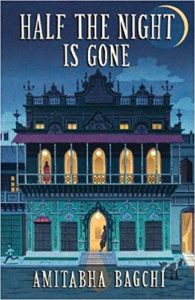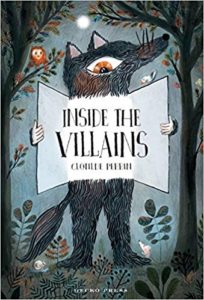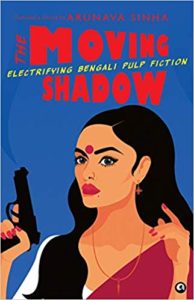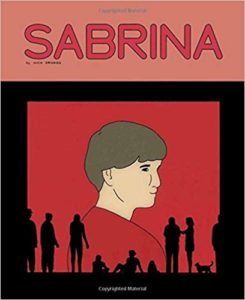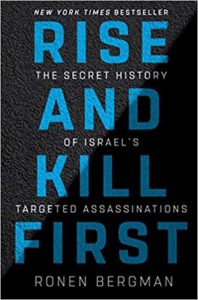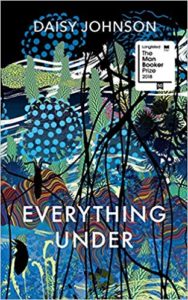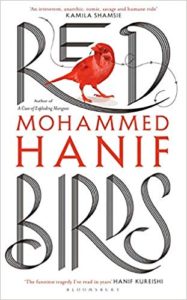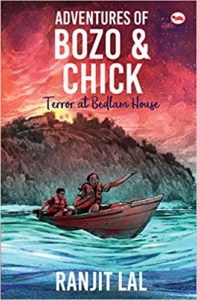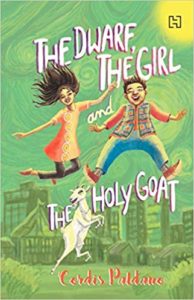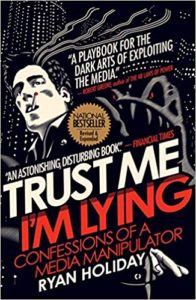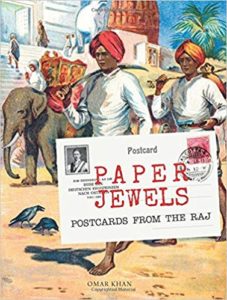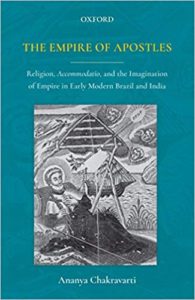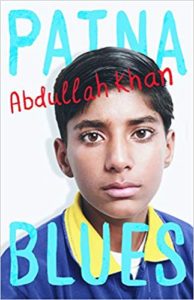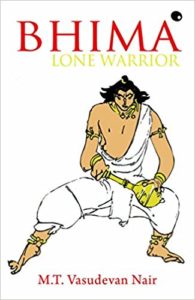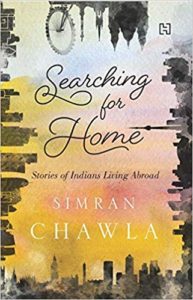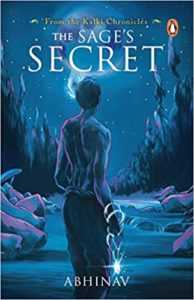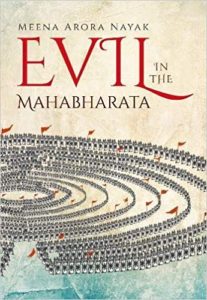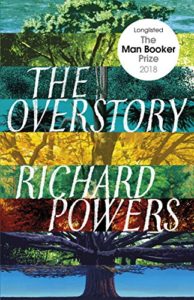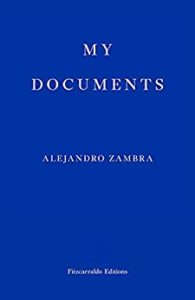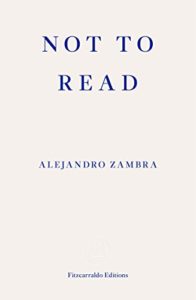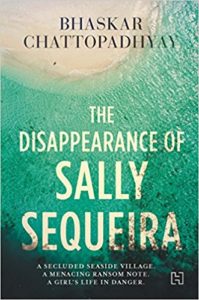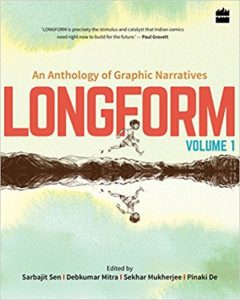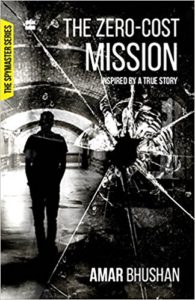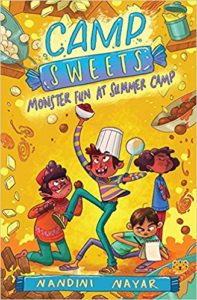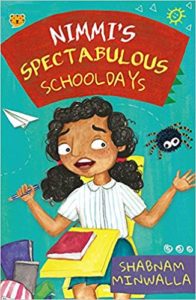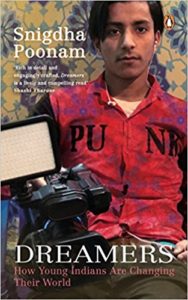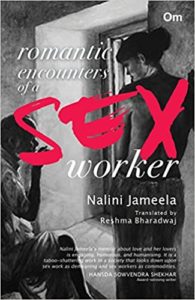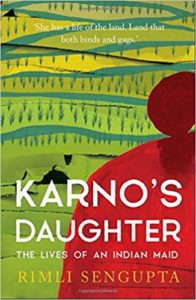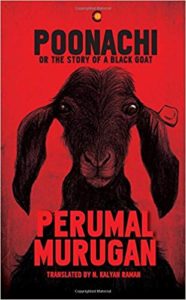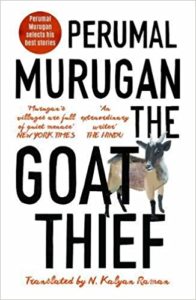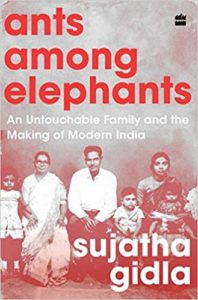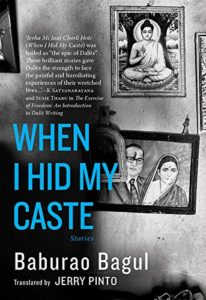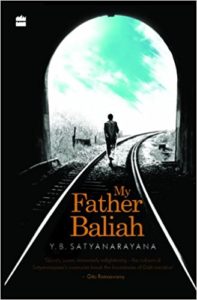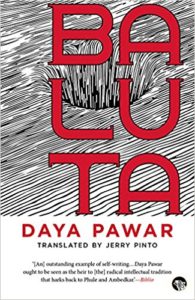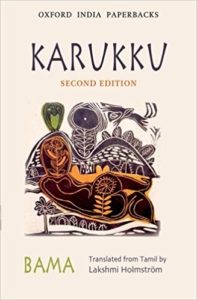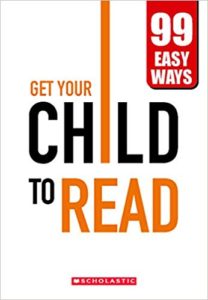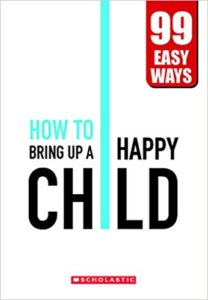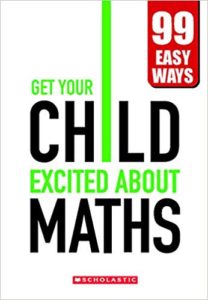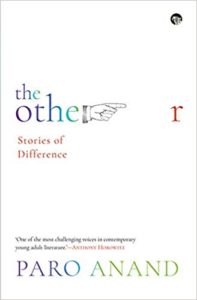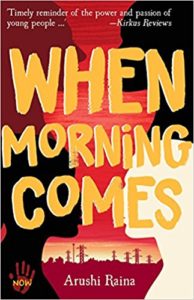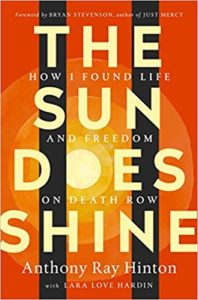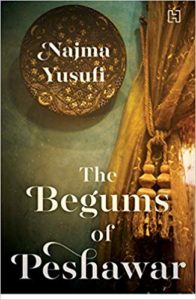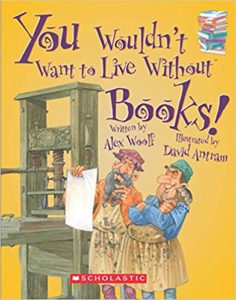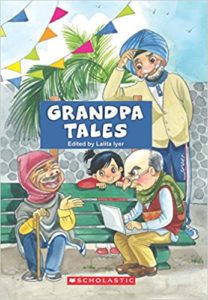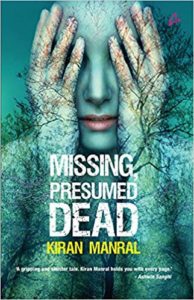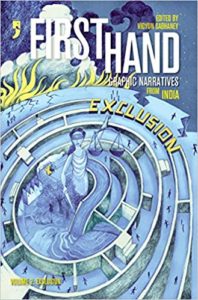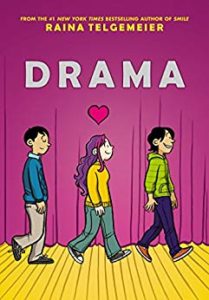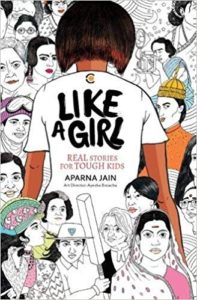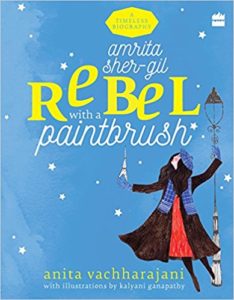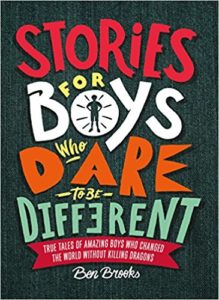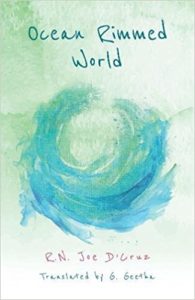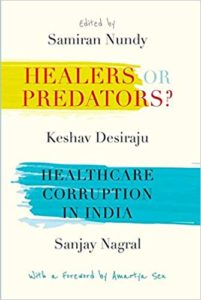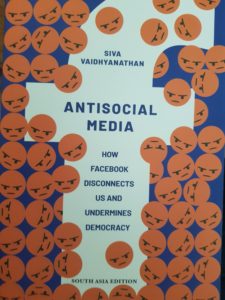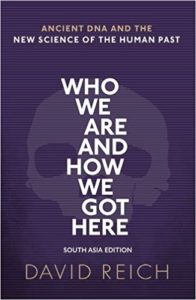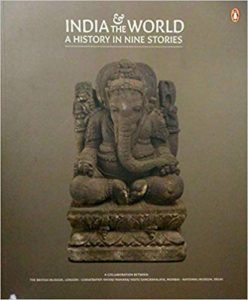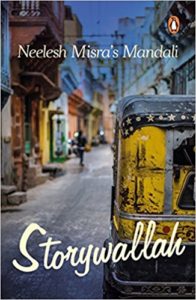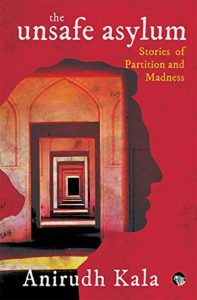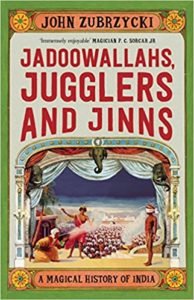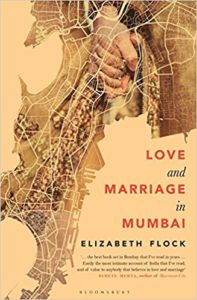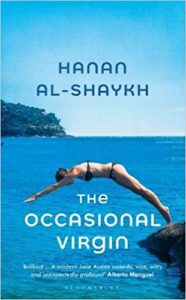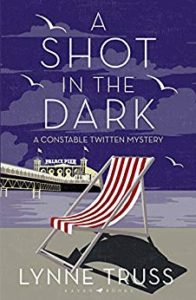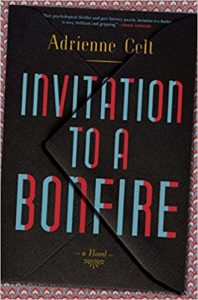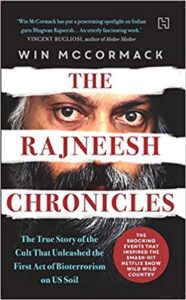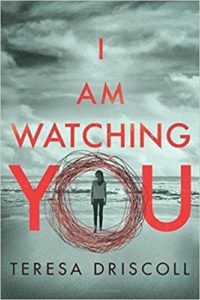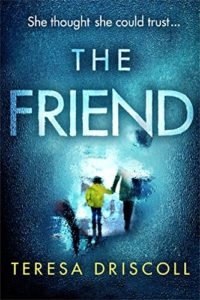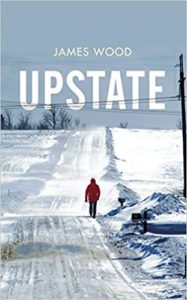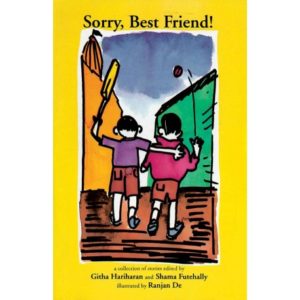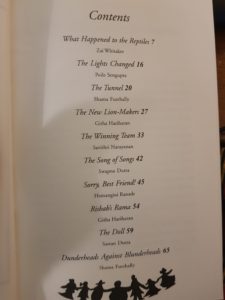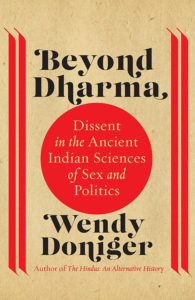 One of the world’s most acclaimed and engaging scholars of Hinduism Wendy Doniger’s presents in her new book Beyond Dharma a groundbreaking interpretation of ancient Indian texts and their historic influence on subversive resistance. Ancient Hindu texts speak of the three aims of human life: dharma, artha and kama. Translated, these might be called religion, politics and pleasure, and each is held to be an essential requirement of a full and fulfilling life. Balance among the three is a goal not always met, however, and dharma has historically taken precedence over the other two qualities, or goals, in Hindu life. In Beyond Dharma Wendy Doniger offers a close reading of ancient Indian writings—especially Kautilya’s Arthashastra and Vatsyayana’s Kamasutra—unpacking a long but unrecognized history of opposition against dharma.
One of the world’s most acclaimed and engaging scholars of Hinduism Wendy Doniger’s presents in her new book Beyond Dharma a groundbreaking interpretation of ancient Indian texts and their historic influence on subversive resistance. Ancient Hindu texts speak of the three aims of human life: dharma, artha and kama. Translated, these might be called religion, politics and pleasure, and each is held to be an essential requirement of a full and fulfilling life. Balance among the three is a goal not always met, however, and dharma has historically taken precedence over the other two qualities, or goals, in Hindu life. In Beyond Dharma Wendy Doniger offers a close reading of ancient Indian writings—especially Kautilya’s Arthashastra and Vatsyayana’s Kamasutra—unpacking a long but unrecognized history of opposition against dharma.
Doniger argues that scientific disciplines (shastras) have offered lively and continuous criticism of dharma over many centuries. She chronicles the tradition of veiled subversion, uncovers connections to key moments of resistance and voices of dissent throughout Indian history, and offers insights into the Indian theocracy’s subversion of science by an exclusivist version of religion today.
Following is an extract from the book published with permission of the publishers:
*******
Shastra means “discipline,” in both senses of the word, “knowledge system” and “command” (the root is actually related to the English “chastise”). It also designates a text that contains such knowledge. So ashvashastra in general means the science of breeding and training horses (ashva corresponds to the Latin equus), while the Ashvashastra attributed to a particular author is a textbook about the breeding and training of horses.
Ancient Indian sciences lived in the shastras. Shastras had been composed from about the sixth century CE.7 They began as sciences that were appendixes to the Vedas, the oldest sacred texts of India, composed in about 1500 BCE. These sciences were called “the limbs of the Vedas” (vedangas), intrinsically connected to religion. Grammar (the queen of Indian sciences, as theology was once in Europe) was needed to explain the meanings of complex Vedic texts, mathematics to calculate the intricate proportions of Vedic ritual structures, and astronomy (as well as astrology) to determine the auspicious days for Vedic rituals. The Kamasutra, the textbook of sexuality, assumes that both priests and ordinary people use the paradigmatic Sanskrit scientific texts of grammar and astronomy for religious purposes (1.3.5).8
But the sciences soon developed secular as well as religious uses and eventually branched into separate schools. The shastras covered a number of fields, including—in addition to grammar, mathematics, and astronomy and the care, feeding, and training of horses and elephants—architecture, medicine, and metallurgy. India also had logic and knew how to argue from evidence. I would also contend that the textbooks of politics and erotics, the main subjects of this book, are proof that ancient India had psychology, anthropology, and sociology. As for the sort of science that produces useful tools that work—that is, technology—India had wonderful telescopes, which eventually did enable its astronomers to predict eclipses. These schools amassed truly encyclopedic knowledge, in a spirit well defined in a famous verse from the Mahabharata, the great Sanskrit epic (with over 100,000 verses): “Whatever there is here . . . is also found elsewhere; but what is not here is no-where” (1.576.32; 18.5.38). This is the shastras’ totalistic claim, despite the fact that the seemingly exhaustive lists of every-thing under the sun often insist that they offer only a few representative examples.
The foreign flux on the one hand loosened up and broadened the concept of knowledge, making it more cosmopolitan—with more things to eat, to wear, to think about—and at the same time posed a threat that drove the Brahmins to tighten up some aspects of social control. The formulation of encyclopedic knowledge recognized the diversity of opinion on many subjects; at the same time, some, but not all, of the shastras closed down many of the options that Buddhism had opened up for women and the lower castes. Both the diversity encompassed by the shastras and their authors’ drive to control that diversity are best understood in the context of the turbulent period in which they were composed.
Wendy Doniger Beyond Dharma Speaking Tiger, New Delhi, 2018. Hb. pp. 248 Rs 599

